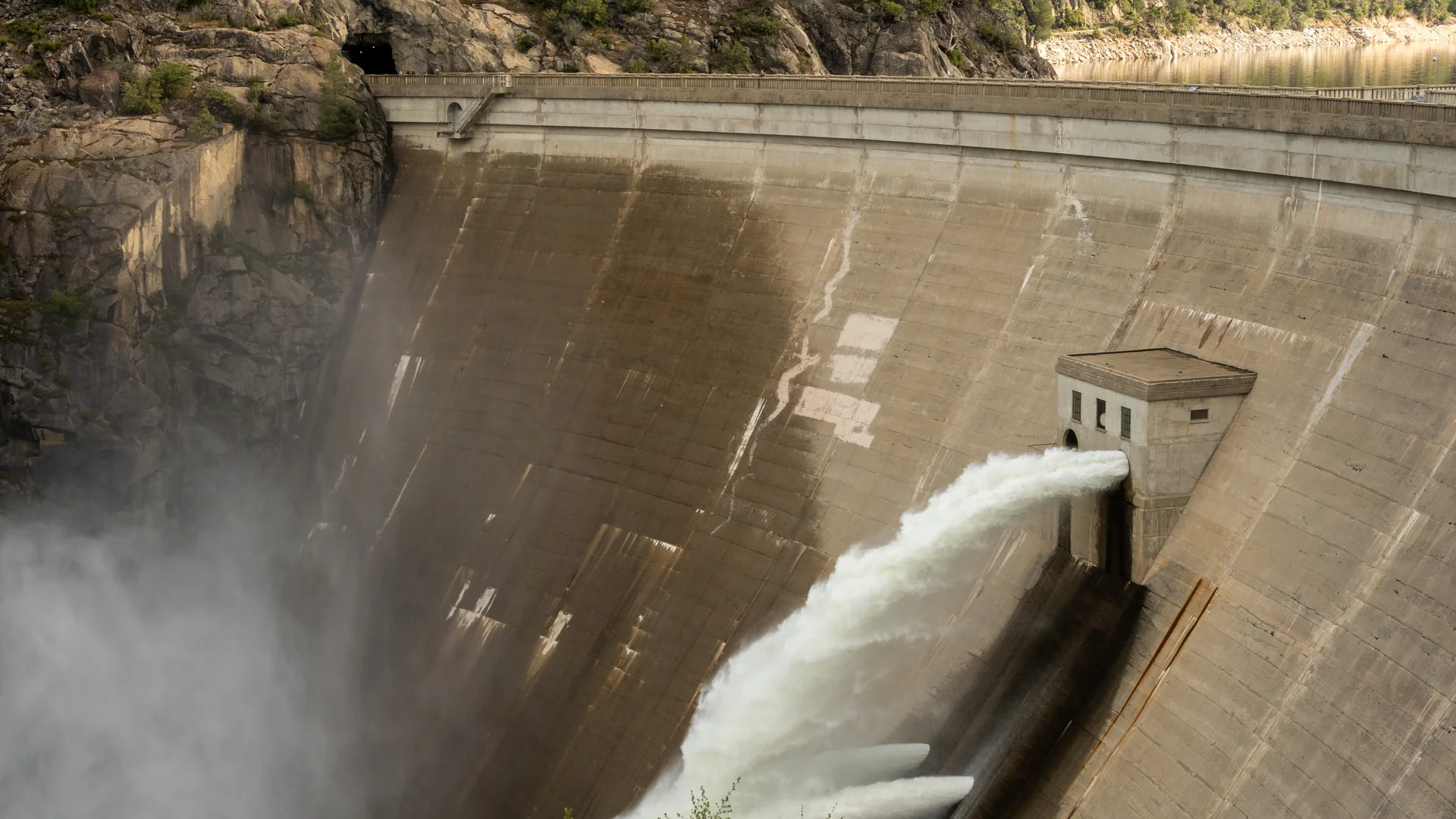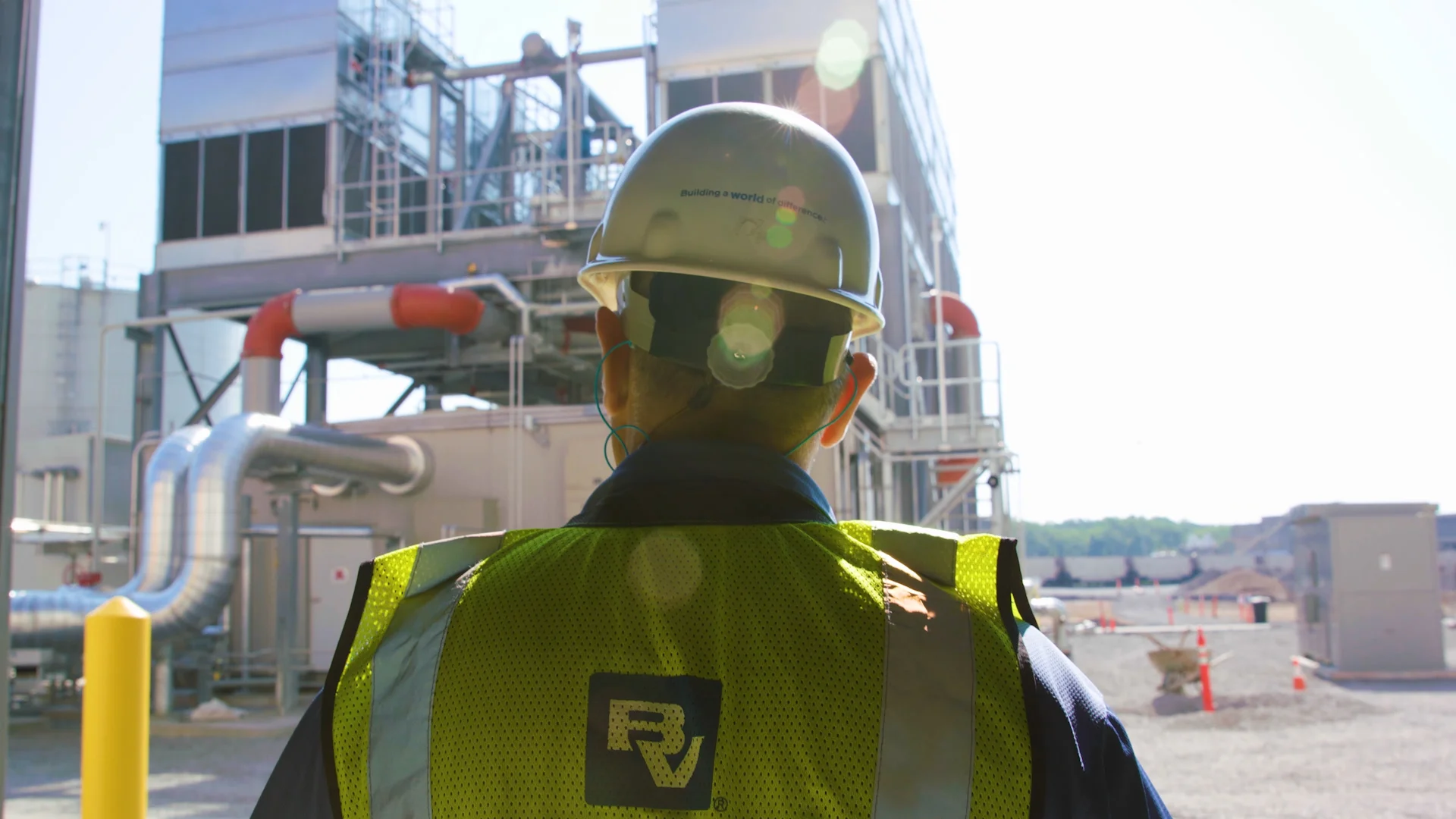Hydropower Asset Management

Hydropower Asset Management: The Five Core Components of Organizational Resilience, Reliability and Performance
Hydropower producers make economic choices constantly to maintain the reliability and safety of their assets while trying to operate efficiently and meet regulations. It’s not easy. It’s also never-ending. Facilities age, rules change, economics evolve.Asset Management, in capital letter terms, is an approach to making all those decisions deliberate, purposeful, and comprehensive. When well-constructed, it’s a powerful tool. As the EPA says, it helps producers make an inventory of critical assets, evaluate their condition and performance, and put strategies in place to pay for their maintenance and replacement.The following sections provide an overview of five core components to an effective Asset Management program. Success depends on execution. Generally, though, the method helps to balance risk and performance, service quality, and financial, environmental and social costs.
An Asset Management program with Black & Veatch answers five fundamental questions: the current state of assets, the required sustainable level of service, the assets that are critical to sustained performance, minimum lifecycle costs, and the best long-term funding strategy.
Our approach helps to optimize capital and operating costs, minimize risk, enhance customer service, and make investments that support the organization’s vision and goals.
Learn more about Black & Veatch's Hydropower solutions.
About the Author
Carlos Araoz is Vice President of Black & Veatch's Hyrdopower & Hydraulic Structures group. He is focused on lifecycle hydropower and hydraulic structure solutions.
Contact Us
Looking for a partner in innovation?
Let's Talk
